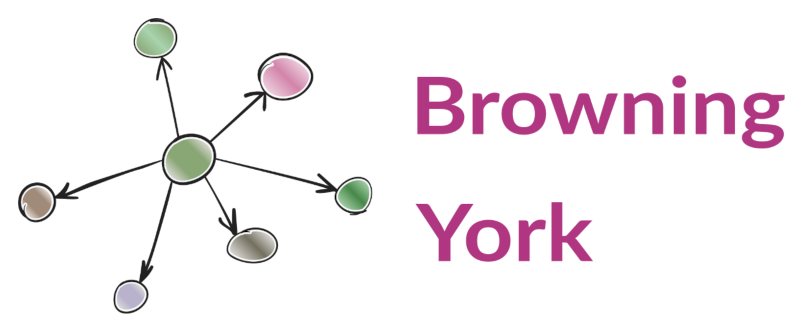I regularly discuss selecting the best communication channels with my clients. They may have been using the same methods for many years, not really knowing why, or they may not be sure what to use for the best, so they try lots of different things.
Over the last 5 years many organisations have introduced new channels as a result of colleagues working from home or different locations. Channels introduced as a result of an immediate crisis can lead to questioning the longer-term future of those methods.
To ensure that you are using the best methods of communication to reach your intended audience and engage them in the ways that you hoped, you need to be clear what your objective is in the first place. If a channel is not fit for the communication purpose you have in mind, it can cause more problems than it solves.
Problems with channels
I don’t believe that email is inherently bad, but I do see far too many organisations with an over-reliance on email that is not helpful in creating a communication culture that works. Even in situations where everyone is working from home and the chance to walk over for a chat at a colleague’s desk is not there, you still have options for talking to each other more directly. MS Teams or a good old-fashioned phone call, for example.
I’ve also come across organisations where the dreaded ‘reply all’ button is used simply as a way for people to cover their backs by including the world and his dog in irrelevant interaction. And many other bad habits too.
And it’s not just email that can be used and abused as a channel.
Intranets can go horribly wrong if they are not useful, interesting or relevant to the audience. Or kept up-to-date.
Newsletters can be ignored or mocked if they don’t fit with the employees’ experience of life at the organisation.
Zoom meetings can become pointless talking shops or a waste of everyone’s time if nothing happens as a result of ‘getting together’. They are exhausting too.
I could go on….
3 point plan
I would advise anyone who is trying to choose the best methods for internal communication at their organisation to consider 3 things in particular:
1. Choose one or two channels that are fit for your purpose and do them really well.
This will work far better than attempting to put lots of different things in place, so that the communications picture is muddled and confusing. You should aim for as little confusion as possible.
2. Just because you can do something, that doesn’t automatically mean you should.
Far too often, organisations are tempted by the shiny new features of the latest employee engagement mobile app; they then have to spend a lot of time and effort persuading their people to use it. If it’s not suitable for the reality of your people and your culture, that’s OK.
3. Keep your internal communications strategy at the front of your mind when selecting your methods of communication.
If you know what you are trying to achieve, with which audience groups and to share which key messages, your channels should be almost self-selecting.
I can help
If you would like help in assessing which channels will be best for your organisation, please feel free to get in touch.
Until next time
Sarah

